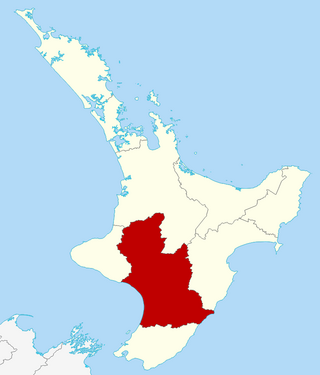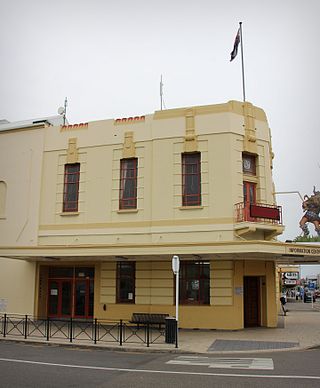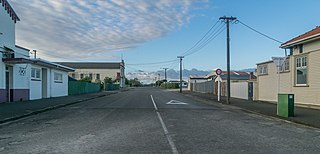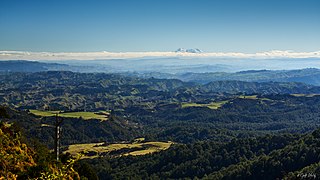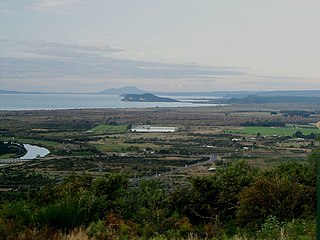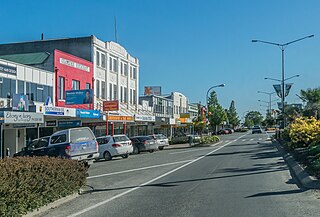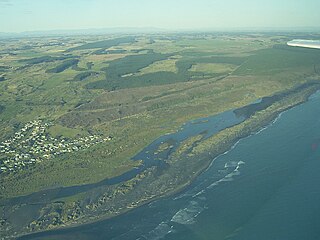Demographics
Whanganui District covers 2,373.27 km2 (916.32 sq mi) [1] and had an estimated population of 48,900 as of June 2023, [2] with a population density of 21 people per km2. All but some 6,100 people in the Whanganui District live in the city itself, meaning there are few prominent outlying settlements. A small but notable village is Jerusalem.
Historical population| Year | Pop. | ±% p.a. |
|---|
| 2006 | 42,636 | — |
|---|
| 2013 | 42,153 | −0.16% |
|---|
| 2018 | 45,309 | +1.45% |
|---|
| 2023 | 47,619 | +1.00% |
|---|
| Source: [4] [5] |
Ethnicities, 2023 Census| Ethnicity | Population |
|---|
| New Zealand European | |
|---|
| Māori | |
|---|
| Pasifika | |
|---|
| Asian | |
|---|
| MELAA | |
|---|
| Other | |
|---|
Whanganui District had a population of 47,619 in the 2023 New Zealand census, an increase of 2,310 people (5.1%) since the 2018 census, and an increase of 5,466 people (13.0%) since the 2013 census. There were 20,679 dwellings. There were 9,042 people (19.0%) aged under 15 years, 7,773 (16.3%) aged 15 to 29, 20,202 (42.4%) aged 30 to 64, and 10,599 (22.3%) aged 65 or older. [5]
Ethnicities were 78.3% European/Pākehā, 28.5% Māori, 4.1% Pasifika, 5.1% Asian, 0.6% Middle Eastern, Latin American and African New Zealanders, and 1.4% other. People may identify with more than one ethnicity. [5]
Whanganui District had a population of 45,309 at the 2018 New Zealand census. There were 18,057 households, comprising 21,912 males and 23,397 females, giving a sex ratio of 0.94 males per female. The median age was 43.0 years (compared with 37.4 years nationally).
The percentage of people born overseas was 12.3, compared with 27.1% nationally.
Although some people chose not to answer the census's question about religious affiliation, 48.3% had no religion, 37.3% were Christian, 3.3% had Māori religious beliefs, 0.6% were Hindu, 0.3% were Muslim, 0.4% were Buddhist and 1.8% had other religions.
Of those at least 15 years old, 5,130 (14.1%) people had a bachelor's or higher degree, and 8,427 (23.2%) people had no formal qualifications. The median income was $24,400, compared with $31,800 nationally. 3,300 people (9.1%) earned over $70,000 compared to 17.2% nationally. The employment status of those at least 15 was that 15,159 (41.7%) people were employed full-time, 5,406 (14.9%) were part-time, and 1,866 (5.1%) were unemployed. [4]



